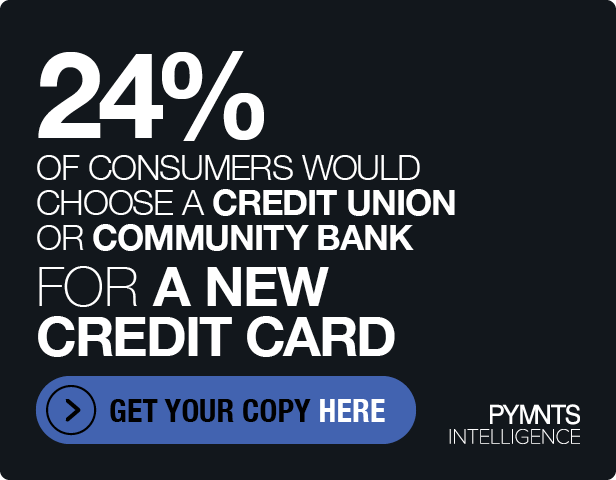What the Taylor Swift Ticket Crash Says About Life in a Digital World

The pandemic-fueled rise of online shopping and its hyper adoption across all commerce categories has made “adapt or die” the calling card for emergent card payment solutions everywhere.
At the same time, it has become imperative for merchants to evolve their transaction-focused fundamentals from the ground up and center their services and customer experiences on delivering seamless and convenient shopping journeys.
Consumers have been radically impacted by the ongoing digital transformation — including heightened expectations as to how things should work in this new world order.
Get it wrong, and look out, as Ticketmaster found out this week in the wake of its failed attempt to manage the tsunami of consumer demand (within a supposedly weak economy) looking to purchase Taylor Swift concert tickets.
After the presale launch Nov. 17 came crunching to a halt as the online ticketing system was overwhelmed by demand, the company canceled its planned, next-day public sale of tickets remaining after the presale ended. This made the ticket retailer public enemy No. 1.
The company has since issued a formal apology, without admitting culpability for problems but stating it knew what would happen and demand for the tour “broke records and part of our website.”
The tiered presale was a purely digital occasion, and it was geared toward solving what were presumably seen as purely digital problems — namely avoiding bots and other algorithmically-driven, profit-focused resellers in favor of true fans of the popstar.
Unfortunately, the effort ran into a truly physical, real-world problem. Taylor Swift has millions upon millions of true fans. Ticketmaster received 3.5 billion requests, overloading its system and resulting in countless snags and technical difficulties.
The connected digital economy levels the playing field, and the strong outcry from Swift’s fans who found themselves unable to secure tickets that they no doubt strongly hoped for was due to the expectations inherent in this new environment.
Had the fans been forced to physically line up outside of the ticket offices of the stadiums hosting the singer’s tour, as was once incredibly common, the outcry and expectations might have been more subdued.
Change Happens All at Once
As the digital-first commerce landscape evolves, consumers are increasingly becoming more discerning about their online shopping experiences and which merchant platforms they trust to manage their sensitive payment information.
PYMNTS’ latest research in the November “How We Pay Digitally: Stored Credentials Edition” reveals that while most online shoppers (80%) do store their payment information digitally at least somewhere, either directly with merchants or within browser keychains and digital wallets, many still prefer to enter their information manually.
Audiences across every age and income level reported that they prefer to store their payment data online. Actively managed and recurring payment needs tend to drive most stored credential adoption among those consumers PYMNTS surveyed.
Frequently checked in on and updated accounts, like those for stocks and cryptocurrencies, have the highest rate of stored credential use, with 79% of consumers using the benefits of a frictionless, remember-me experience; while 78% of online consumers use stored credentials to manage the recurring payments for their various subscriptions. Similarly, rather than re-entering their information each month bills, 66% of those shoppers surveyed rely on stored credentials to easily and conveniently meet their recurring bill needs.
Debit and credit cards are the most used type of stored payment credentials, beating out stored bank accounts, although stored bank information and direct account payments are more popular for large-ticket items like mortgages or rent.
Travel is the only area where a majority (64%) of online shoppers reported that they manually enter their payment information. This could be driven by deal-hunters using various sites or just the infrequent occurrence of those transactions.
As consumers become more discerning about their online shopping experiences, it increasingly behooves online merchants to minimize friction at checkout. Leading merchants are activating around business intelligence gleaned from customer data integration to improve the path to purchase.
Merchants can similarly increase the use of stored credentials by offering loyalty incentives, discounts and more consumer-facing benefits as part of the online shopping experience. PYMNTS’ research found that one-time discounts can increase consumer use of stored payment credentials on merchant sites.
Convenience is king for today’s digitally native consumer, and merchants and businesses that can remove the most friction from touchpoints along their customer’s journey will find themselves with an enviable advantage relative to competition, winning repeat spend and driving deeper loyalty.
As digital transformation spreads across all corners of today’s connected commerce landscape, merchants should focus more on how their payment and checkout solutions can be “tailored to be swift” in order to avoid providing an experience like what happened to fans of Taylor Swift.
